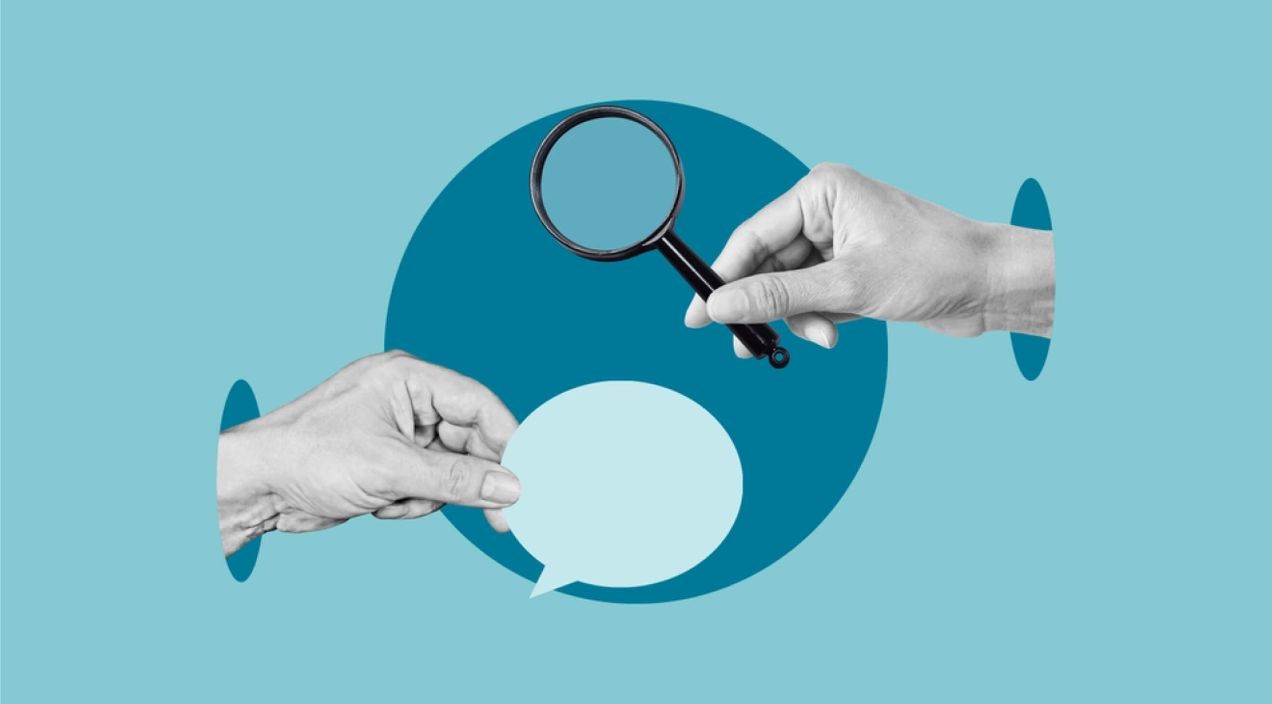CultureMonkey Blog
Employee Engagement Articles

30+ Effective employee incentives that keep top talents motivated in 2025
Employee incentives are structured rewards or recognitions given to motivate, engage, and retain employees. These incentives go beyond base salary and act as nudges that drive specific behaviors—like hitting performance goals, demonstrating initiative, or boosting team morale.
Microaggressions at work: Top 15 ways to tackle them head-on as a manager in 2025
Explore the impact of microaggressions at work and gain insights into identifying, addressing, and curbing these subtle forms of discrimination. Create a more inclusive and respectful workplace environment.
Leadership strengths that define successful leaders in 2025
Great leaders aren’t just born, they develop key leadership strengths like communication, adaptability, and emotional intelligence to inspire teams and drive success. This guide explores the strengths of a leader, how to nurture them, and why alignment with culture matters for long-term impact.
Top 125+ mental health survey questions to ask your employees in 2025
Do your employees suffer from mental health issues? Our research-oriented employee mental health surveys will guide you in understanding your employees' mental health and determining the required health initiatives to help your workers attain workplace mental wellness and a proper work-life balance.
80+ Gift for coworker leaving to express your gratitude and appreciation
Explore 80+ creative and thoughtful gift ideas to express your gratitude, including personalized mugs, plants, framed photos, and more. Whether you're looking for something practical or sentimental, these unique options will ensure your coworker feels appreciated and remembered.
50+ Creative staff morale boosters to keep your team engaged in 2025
Employee morale is a critical component of organizational success, impacting the employee's mental health, productivity, creativity, and overall company culture. When employees feel motivated and satisfied in their work environment, they are more likely to be engaged and committed to their tasks.
Who are the top HR Influencers in 2025 and why you should follow them
An HR influencer is a thought leader who shapes conversations, strategies, and innovations in the field of the human resource management and resources. These individuals use their expertise to guide chief people officer, business leaders, and organizations toward better people management & culture.
What is autocratic leadership style and how does it impact teams?
An autocratic leader makes all the decisions, leaving little room for employee input. They enforce strict rules, expect obedience, and believe authority should never be questioned. While this approach can improve efficiency, it also fosters a culture of dependency and discourages creativity.
How to build a culture of job security in a changing workplace
Job security refers to the assurance that an individual’s employment is stable and not at immediate termination risk. It depends on industry demand, company performance, and employee skills. A stable job provides financial predictability, reduces stress, and enables long-term career planning.
Favoritism in the workplace: Definition and top strategies to eliminate it
The allure of playing favorites can be enticing for those in positions of power, whether it's a manager subtly promoting a protege or a leader showing undue favor to a select few. Such actions not only undermine the principles of fairness but also jeopardize the very fabric of a workplace.
What is authoritarian leadership? Traits, benefits, and real-world examples
Authoritarian leadership is a top-down management style where decision-making is centralized, and subordinates are expected to follow instructions without question. This approach emphasizes strict control, clear hierarchies, and minimal employee input in decision-making.
Employee engagement calendar for 2025: A complete guide
Check out how to effectively implement, promote, and succeed with an employee engagement calendar, help your employees improve their work-life with the benefits, tips, and best practices, and enhance your employees' communication, development, objectives, and sense of belonging.
100+ Retirement gift ideas that say more than just “goodbye”
A career isn’t just about daily tasks, it’s about dedication, relationships, and the impact employees leave behind. When someone retires, a few thank you notes or simple “thank you” isn’t enough. Retirement gift ideas serve as a tangible reminder of their contributions and ensure they feel valued.
Employee engagement in HR: Tips to improve satisfaction and productivity in 2025
Check out how effective employee engagement in hr is to promote, execute, and succeed in employee engagement throughout the organization for improving work-life balance, productivity, satisfaction, and retention among employees from different generations.
130+ Funny work jokes so good, even HR might laugh
Ever noticed how a good laugh can turn a stressful day around? In the workplace, humor isn’t just about cracking jokes—it’s a secret ingredient for a positive, engaged, and high-performing team that just doesn't talk business. Adding a little humor to your workday is no more just a joke anyway.
False accusations at work: How HR can protect both people and policy
Navigating false accusations at work requires HR leaders to balance empathy, clear communication, and thorough investigation. This guide explores the impact of false claims, reasons behind them, and effective strategies to manage such situations while maintaining trust and morale within the team.
Intrinsic rewards: What they are, why they matter, and how they drive motivation
Intrinsic rewards are internal motivators that drive individuals to perform tasks for personal satisfaction rather than external incentives. These rewards come from within and are linked to a sense of achievement, purpose, and fulfillment and are often tied to factors like personal growth.
Employee engagement best practices: A complete guide to boost employee engagement in 2025
In 2025, boosting employee engagement is pivotal. Our guide offers the latest strategies to align your workplace with evolving needs and trends for a more engaged and successful workforce.
How sensitivity training can improve company culture and engagement in 2025
Sensitivity training helps employees understand diverse perspectives, reduces bias, and fosters empathy. This creates a more inclusive and respectful workplace, improving employee engagement, collaboration, and overall company culture for a healthier, more productive environment.
75+ Welcome to the team message ideas to engage and inspire new employees
A well-crafted welcome message sets the tone for a positive workplace experience. We cover how to tailor messages for different roles, the importance of onboarding, and tips for HR and managers.
What is organizational design: A complete guide for HR and leaders
Organizational design is the strategic process of structuring a company's roles, responsibilities, and workflows to optimize performance and align with business goals. It ensures efficiency, promotes collaboration, and fosters growth, making it a critical tool for HR and leadership.
Why real-time feedback is essential for a thriving company culture?
Real-time feedback at work refers to the practice of providing immediate, constructive responses to employees regarding their performance, actions, or behaviors. This approach contrasts with traditional performance reviews, which often occur annually or semi-annually.
Blue collar vs white collar engagement: Effective tactics to improve retention in 2025
Balancing blue collar vs white collar engagement requires tailored strategies that reflect each group's values. From training and fair wages to mental health and career growth, this blog dives deep into what drives satisfaction, retention, and loyalty—powered by real feedback and smart leadership.
What is talent development: Top strategies and examples to empower your employees
Talent development is a strategic approach to enhancing the skills, knowledge, and capabilities of employees within an organization. It goes beyond traditional training programs by focusing on continuous learning and personal growth.
























